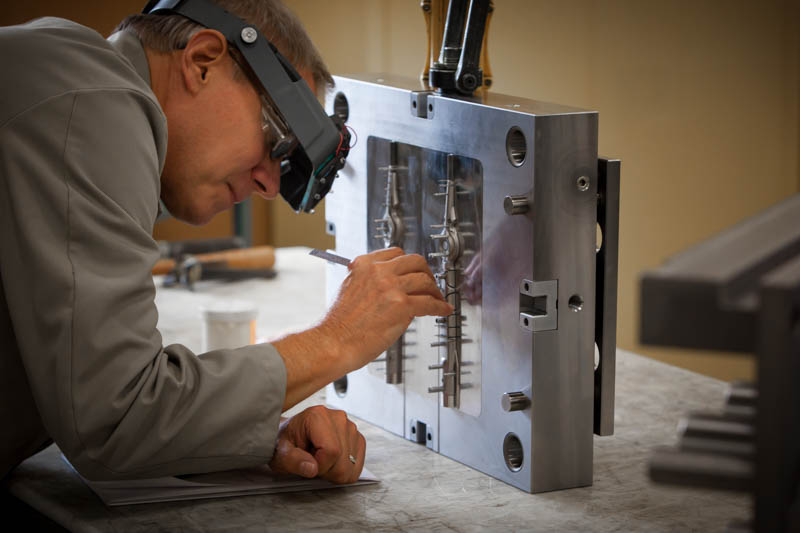As modern blacksmiths, we often come across projects that require custom-made tools to get the job done efficiently. Creating these tools is an essential part of our craft and requires a combination of creativity, knowledge, and skill. In this post, we will discuss the process of creating custom tools for specific projects.
The first step in creating custom tools is understanding the project’s requirements thoroughly. This includes analyzing the materials involved, the design specifications, and any other special considerations that need to be taken into account.
Once you have a clear understanding of what needs to be accomplished, it’s time to start brainstorming potential solutions. This may involve sketching out designs or gathering inspiration from other sources such as books or online resources.
When designing your tool, it’s important to consider factors such as ergonomics, durability, and ease of use. You want your tool to be comfortable to hold for extended periods while also being strong enough to withstand heavy use over time.
One key consideration when creating custom tools is choosing the right materials. Depending on the project requirements and budget constraints, you may opt for high-quality steel or more affordable options such as mild steel or even aluminum.
Once you have settled on a design and chosen your materials, it’s time to start building your tool. Depending on its complexity and size, you may choose to create individual components separately before assembling them together at the end.
During assembly and fabrication stages of production ensure precision workmanship by measuring twice cut once technique should apply however if possible seek assistance with laser cutting machines where multiple cuts can be made in just one action reducing human error during production stages
Some common techniques used in creating custom tools include forging (i.e., shaping metal through heat), welding (i.e., joining pieces together using heat or pressure), drilling/tapping (i.e., making holes in metal), machining (i.e., using computer-controlled equipment such as lathes or mills).
It’s important to note that creating custom tools is not a one-size-fits-all process. Every project and tool will have its unique challenges, requiring the craftsman to adapt his or her approach accordingly. Additionally, it’s essential to test the tool thoroughly before using it on the final project.
Finally, once you’ve created your custom tool successfully, consider sharing your experience with others in the community. This could be through blog posts or social media updates detailing your design and fabrication process.
In conclusion, creating custom tools for specific projects is an essential part of modern blacksmithing. It requires creativity, knowledge, and skill but can result in highly effective solutions tailored precisely to a given task. We hope this post has provided some useful insights into how these tools are created and encourage readers to share their own experiences in this area with us and other members of the community!
